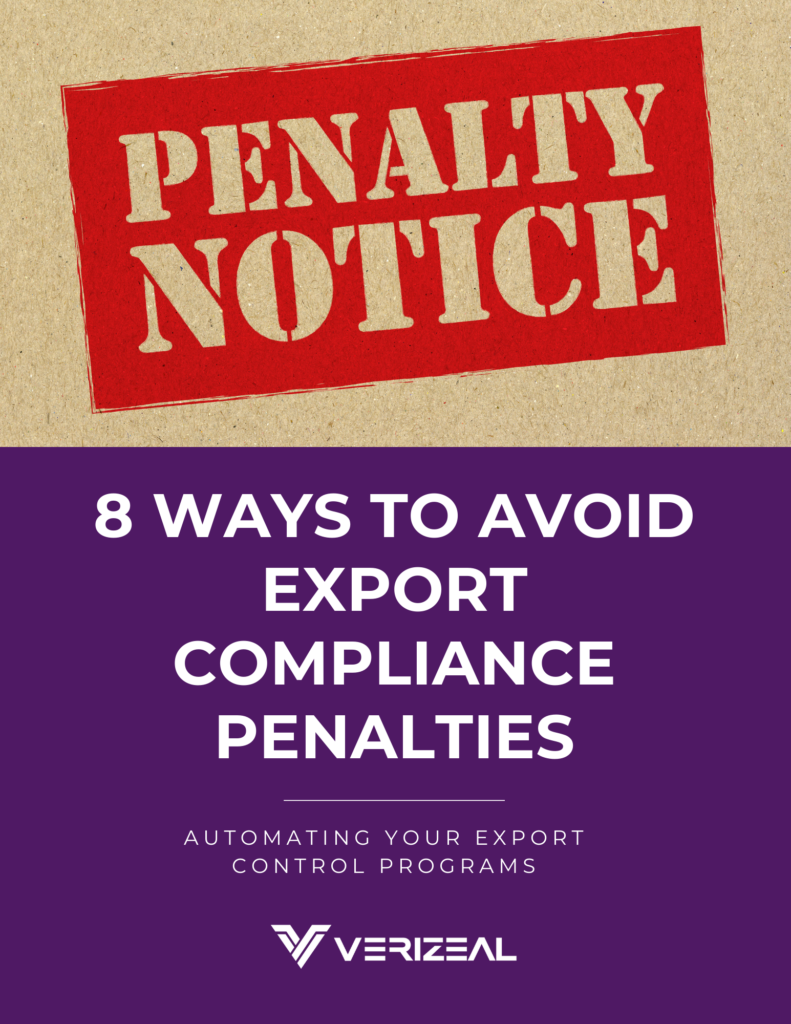Shipping certain substances or goods involves careful management to ensure the items are shipped safely. The Bureau of Transportation Statistics’ Commodity Flow Survey indicated that 3 billion tons of hazardous materials valued at $1.7 trillion were shipped in the U.S. in 2017. The compliance rules and documentation requirements for hazardous materials (hazmat) are different from regular goods, making their transportation more challenging. Shippers may need additional resources to understand how to correctly ship hazmat or dangerous materials.
What are Hazmat Goods?
Dangerous or hazmat goods are defined as those that could cause a risk to health, safety, property or environment. There are several different classifications of hazmat goods. If a product is classified as a hazardous good, there is a range of procedures in place based off the classification from the packaging that is needed to how the item can be shipped. An item’s Material Safety Data Sheet (SDS) will indicate what type of classification the item has in addition to packaging and labeling requirements.
The Classification of Hazmat Goods
The United Nations assigns hazmat goods to one of nine classifications. These types of goods must be classified correctly so they are shipped properly, and the potential danger is communicated throughout the supply chain. It is up to the shipper to determine and state the correct classification for each good that qualifies as a dangerous one. The following are the nine classifications:
Class 1: Explosives. These items have a high likelihood of exploding during transportation, for example fireworks.
Class 2: Gases. Gases that have been compressed and stored for transportation fall into Class Two. Examples are aerosols and oxygen.
Class 3: Flammable Liquids. These common household items, such as nail polish, paint, perfume, and gasoline, will combust if they come into contact with a flame.
Class 4: Flammable Solids. These solids will combust if they make contact with a flame. Examples are matches, sodium batteries, and magnesium.
Class 5: Oxidizers. Oxidizers are substances that combust when exposed to oxygen. An example of this type of dangerous goods is nitrate fertilizer.
Class 6: Poisonous and toxic substances. Poisonous materials such as biological products and tear gas can cause injury or death when inhaled or swallowed.
Class 7: Radioactive materials. These items emit radiation at a potentially harmful level and must be shipped with caution.
Class 8: Corrosive substances. These substances can cause damage to human skin.
Class 9: Miscellaneous hazardous materials. These are any items that do not fit the definition of any of the other classes but still need special consideration when shipping. One of the most common examples is lithium batteries.
Packaging of Hazmat Materials
Hazmat products require specific packaging according to their classification. The three packing groups are:
Packing Group I: Great Danger
Packing Group II: Medium Danger
Packing Group III: Minor Danger
Hazmat packages not only need to be packaged according to their classification but they also need to be handled safely. The package orientation or keeping them away from heat are often considerations for hazardous items. This labeling must be done correctly according to the Hazardous Materials Markings, Labeling, and Placarding Guide or parcel carriers may refuse to ship the package.
Shipping Documentation
Dangerous goods also require additional shipping documentation for Ground and Air transportation. This includes:
- UN Identification Number
- Proper Shipping Name
- Hazard Class
- Quantity, Number, and Type of Packages
- Shipper’s Certification
- Packing Group
Most major carriers, including FedEx, UPS, USPS, and DHL ship hazardous items but there are variations on what they will ship so it is important to check with the carrier depending on the item. Regardless, all carriers require the proper shipping documentation in order to ship.
For these types of items to be shipped by air, there are very specific requirements that need to be met. The shippers must properly identify the shipment, complete a Dangerous Goods Declaration, and prepare the shipment for transportation according to the classification. Each package must be marked and labeled with special care instructions along with the documentation.
Shipping Hazmat with Verizeal
Shipping dangerous items can be a hazard to both consumers and handlers. Therefore, shippers who do not comply with compliance regulations can face harsh fines and penalties. Companies that ship Hazmat items must have specific training to classify, package, and label these types of goods for shipping. Verizeal makes shipping hazmat materials as easy as possible with completely security and safety and a platform that is designed to handle all types of shipments.



